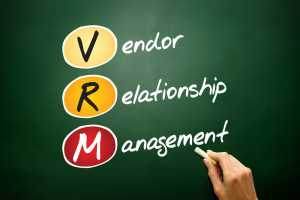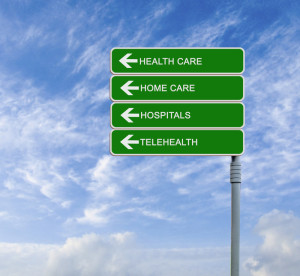A few weeks ago, I wrote about FOMO – what I felt about not going to the CHIME Fall Forum this year. After all, I had not been to either HIMSS or CHIME to see colleagues since spring of 2019. Being in-person with colleagues I’ve come to know well, like a lot, and respect even more, was something I had looked forward to. So yes, I missed reconnecting in-person after all this time. But I am grateful to get some of the content and perspectives from the forum second hand through trusted sources.
looked forward to. So yes, I missed reconnecting in-person after all this time. But I am grateful to get some of the content and perspectives from the forum second hand through trusted sources.
It’s no surprise that Bill Russell has dropped a series of excellent podcast interviews with some of the leading healthcare CIOs as well as vendor experts in his Today in Health IT podcast special series he calls “Interviews in Action”. It includes 10 interviews at CHIME, 8 at HLTH, and 5 from the Sirius Healthcare 2 Healthcare Event. Each one is no more than 15-20 minutes long so perfect for a brisk one-mile walk. Learn from CIOs such as Donna Roach of University of Utah Health, Stephanie Lahr of Monument Health, Dr. Zafar Chaudry of Seattle Children’s, and Scott Joslyn of UC Irvine.
Through the HealthsystemCIO.com recap of CHIME21, Kate Gamble covered several topics highlighting presentations from more of my favorite CIOs:
- Leadership with Daniel Barchi, SVP and CIO at New York-Presbyterian and CHIME CIO of the Year, in “Go Fast and Make Things Happen”,
- Diversity with Chero Goswami, SVP and CIO at UW Health, and Cletis Earle, SVP and CIO, Penn State Health, in “Be Intentional”: How Leaders Can Build a Culture of Diversity”
- Innovation with Tressa Springmann, Chief Information & Digital Officer at LifeBridge Health, Rick Schooler, CIO at Lee Health, and Anne Wellington, Executive Director, Digital Strategy at Cedars-Sinai, in “Take Ownership: Leaders Share Best Practices for Driving Innovation”.
Whether you are a CHIME member who didn’t attend the Fall Forum or someone who just wants to learn from some of the best IT leaders in the industry, I encourage you to check out all these resources.








